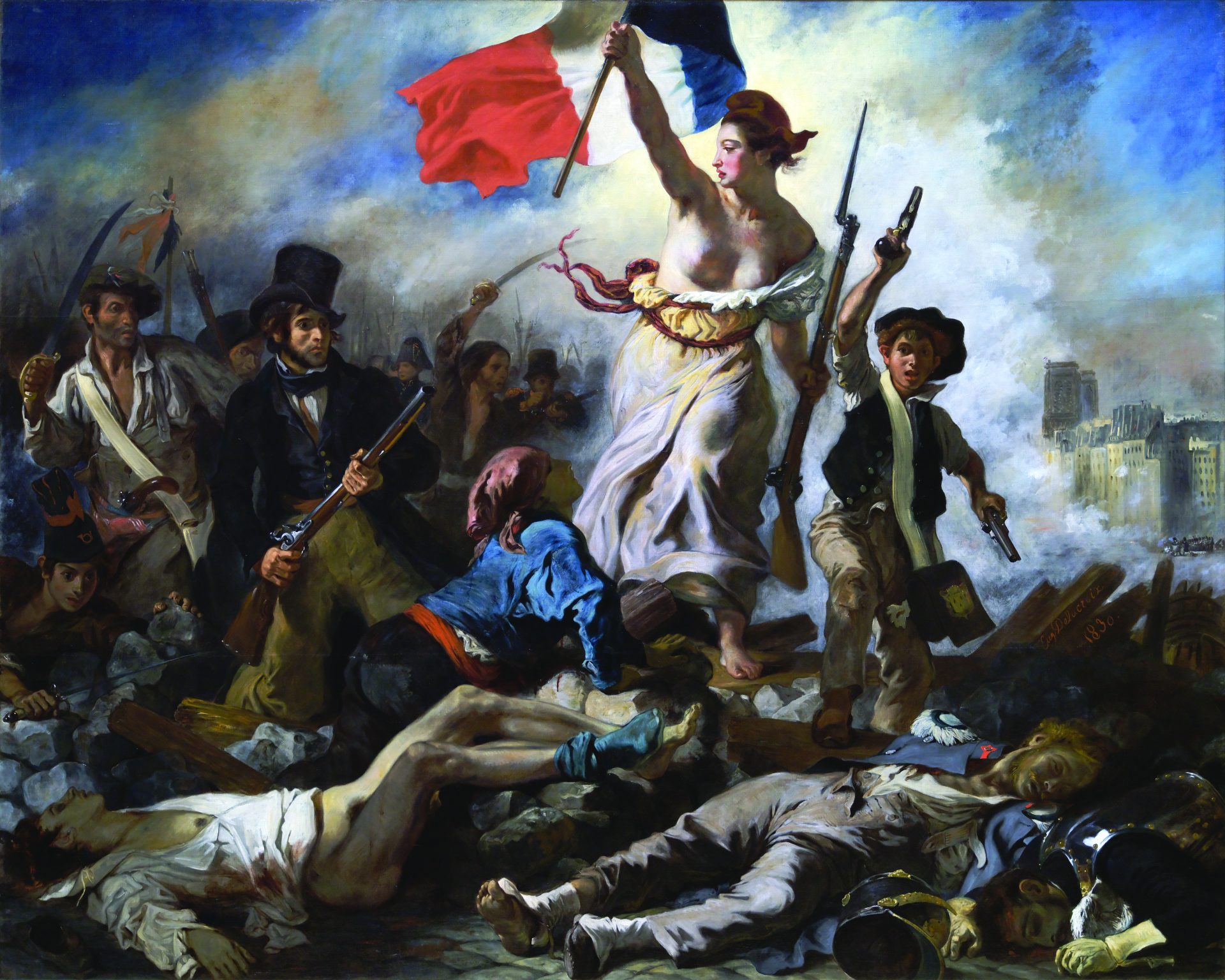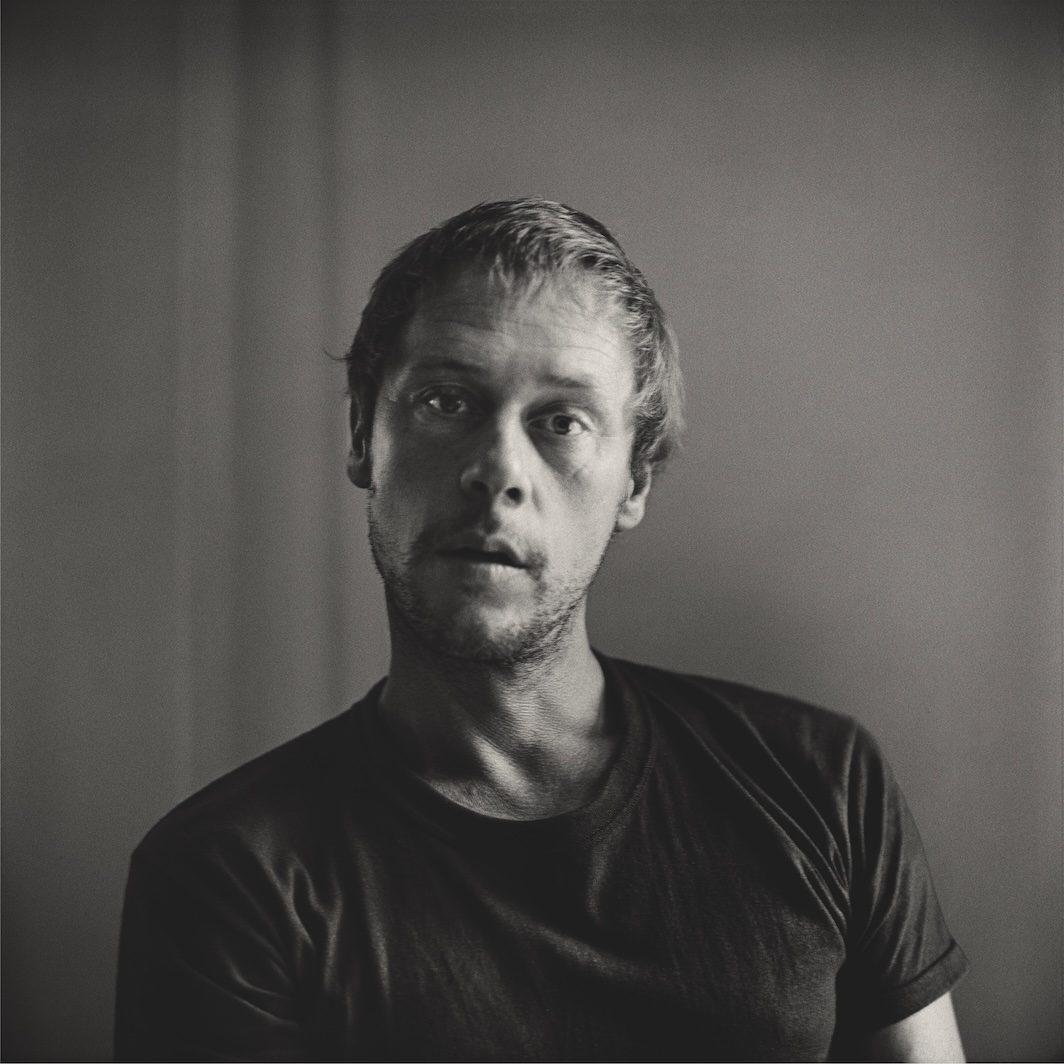
Butterflies flapping, according to students of chaos theory, can start typhoons. Carbon emissions make New York a city where tornadoes touch down. Social networking starts (or doesn’t start) political revolutions. Where does literature fit into all of that? Are its effects fleeting, important, transcendent, or trivial? What could possibly be the point of some well-built sentences that flower in the imagination, perhaps ignite a dinner conversation, and then fade with the next cell-phone bill, sinus infection, or rescheduled dentist appointment? After all, as Muriel Spark’s doppelgänger in Loitering with Intent explains about one of her literary creations, he “never existed, he is only some hundreds of words, some punctuation, sentences, paragraphs, marks on a page.”
Lydia Millet makes her marks on a page to be much more than that. Her work takes aim at the metaphysical jugular—especially in How the Dead Dream (2008) and her new novel, Ghost Lights (books one and two of a trilogy). Her characters lead relatively straightforward lives; they are IRS men, administrative assistants, bankers, telephone-sex workers, electronic engineers. They go on vacations, work in offices, shop in supermarkets, adopt pets, drink too much at parties. But Millet’s novels touch down on those lives at critical, transformative moments—tracing how events big and small start ripples that build and crest, and the next thing you know (in the case of How the Dead Dream) you’ve got a real estate tycoon breaking into zoos to cuddle with a sleeping tapir and eating beans from a can. An obvious break from the norm. While driving her exquisitely flawed characters toward these sorts of transformations, Millet finds beautiful ways to wonder: Why? Not the why of psychological motivations, or how individuals respond to what’s happening to them; instead, she has a far more esoteric agenda. She’s trying to figure out why people die. What happiness is. Whether we need love. Whether we’re able to connect to something larger than this immediate life.

Ghost Lights picks up where How the Dead Dream ends. The latter book tells the story of T., kindly but unenlightened, pathologically acquisitive. After his fiancée is killed in a car accident, T. gradually morphs from a yuppie into a modern-day Kurtz with the soul of an endangered animal, wandering the swamplands of Belize under the deep spell of grief. “Loss is a great clarifier,” Millet has explained in an interview, and loss is the prime mover in both novels, triggering the kind of existential transformation that Millet seems so interested in exploring.
T. is missing still as Ghost Lights opens, and his assistant, Susan (a pleasant incidental character from the earlier novel), is racked with concern about his well being and the health of unfinished real estate projects that are hemorrhaging money. Susan is having an affair with her young paralegal assistant, an affair that Susan’s husband, Hal, stumbles upon in the novel’s first pages. Hal was only a footnote in How the Dead Dream, but Ghost Lights is his book. Upon discovering he’s being cuckolded (a different, less pure loss, perhaps, than death), Hal volunteers to go to Belize to track T. down. It’s an impulse, a flight, born of the sudden, lurid redrawing of what he thought his life was: “It was all crumbling. No one had his back anymore, no one was with him. Not a single person. All he felt at his back was a cold wind, a falling-off into nothing. As he left, an abyss yawned behind him. He’d nearly been swept in.”
If Hal has a tragic flaw, it is his proclivity to flee. But unlike the rescue mission to Belize, most of Hal’s retreats have been interior. After the car accident that paralyzed Hal’s daughter, Casey—many years before the events unfolding here—Hal dove into an essentially permanent state of mourning: “He had passed from outside to inside and become culpable for the world.” He’s not grieving Casey’s legs, but rather the loss of the life she could have had—the loss, in other words, of something no more tangible than potential. After Susan’s adultery, Hal snaps out of his functional fugue state and escapes to Belize—and into a new kind of hyperawareness of the world around him in which “what might have been” is only an abstraction, not a governing principle.
Along his harrowing journey—at times luxury-spa press junket, at other times Outward Bound—Hal resolves to “be a man who drank,” having discovered that drinking just a little more than he’s supposed to opens the mind up, cultivates “new fields of knowledge.” Drinking, he reasons, allows him to “keep more secrets, possibly lead a secret life with secret leisure pursuits.” Hal decides he wants that secret life—not to get back at his unfaithful wife, but for “his own pleasure.” For “excitement.” Although Hal dallies with adultery, his real hidden life has much more to do with a cracking open of his inward, backward-looking mind, into and past the immediate. Getting tipsy is just one small ripple among the many that constitute Hal’s transformation.
Both of these books are about the immenseness of life confronting a mere man, and then how a mere man resolves it. Millet, who in writings and interviews has taken a position against what she calls “microsocial” novels, which deal in stories about relationships—the most limited kind of domestic fiction—consistently pushes her characters beyond themselves, their experience, their expectations. Hal and T. face contingencies far outside of their control; and in the course of scrambling to make sense of mayhem, they find not answers (because there aren’t any) so much as clarity. The trickiness of this search is heightened by Millet’s gorgeous narration, which exists in some extraordinary place, at once discursive, editorial, and ruminative. Hal’s emotional and spiritual life seems to operate in a second dimension, as if we’re reading the mind of a man reading a book about his life.
Hal’s search for T. turns into a kind of treasure hunt. When he finds him, the man who was T. has evaporated. Hal has been chasing a ghost, and as that ghost slips from his grasp in the final pages, he understands fully the veil that had allowed him to emotionally stagnate as a husband and father: “He saw through the obfuscations of his own mind, through the dodges of his remorse and his wishful thinking, and behind it all was a vision of his daughter.” Even more, he reaches out and touches something that feels like eternity, and sees how ghosts live alongside the living—vibrant shadows of what might have been:
The world was made up of these shifting beings, of glancing pain between them as they moved—these solitary worlds that inhabited the total, the millions of small worlds that made up the host. That was where the pain came from, he thought, it came from the friction between worlds, the brushing past, the shiver of contact—the touch of feeling and unfeeling. The pain and grace of the temporary.
If literature can under the very best circumstances transport, then Millet’s extraordinary vision brings us in on the float. This is writing that endures the dentist’s office—marks on a page that captivate and push and pull at the mind’s lazy habits, inhabiting the edge where transformation begins. A landscape shift, a blast of faith—suffused with the ineffable, and an intrigue that feeds curiosity, which blossoms into hope—those are shifts in the synapses, new thought patterns. Books, like Ghost Lights, powerful on the measure of that butterfly fluttering at the origin point of the typhoon.
Minna Proctor is the author of a memoir, Do You Hear What I Hear? (Viking, 2005), and the editor of the Literary Review.






